We may not have the course you’re looking for. If you enquire or give us a call on 01344203999 and speak to our training experts, we may still be able to help with your training requirements.

close
Press esc to close

close


Press esc to close

close
Fill out your contact details below and our training experts will be in touch.



Back to Course Information
The Six Sigma Black Belt Course covers the following topics:
Module 1: Introduction to Six Sigma
Module 2: Reviewing Process and Qualities
Module 3: Yellow Belt Tools and Techniques
Module 4: Improvement Methodologies
Module 5: SPC Basics
Module 6: Risk Management
Module 7: DMAIC for Green Belts
Module 8: SPC Tools and Techniques
Module 9: Analyse Phase
Module 10: Improve Phase
Module 11: Control Phase
Module 12: Role of the Black Belt
Module 13: Black Belt DMAIC
Module 14: Enterprise Risk Management
Module 15: Physical Cell Design and Optimising Flow
Module 16: Black Belt as a Trainer
Module 17: Statistics Basics
Module 18: Process Capability
Module 19: Hypotheses Tests
Module 20: Exercise Using Minitab’s – 2 Proportion Test
Module 21: Exercise Using Minitab’s - Chi-Square Test
Module 22: ANOVA
Module 23: Data Collection Planning for Hypotheses Tests
Module 24: Design of Experiments (DOE)
Module 25: Probability Distributions
Module 26: Advanced Control Charts
Module 27: Measurement System Analysis (MSA)
Module 28: Lessons from Queue Theory


Six Sigma Black Belt Course is designed for individuals who want to become experts in Six Sigma and lead process improvement projects. The following professionals can benefit from attending this course:
Delegates must acquire the Six Sigma Yellow Belt and Green Belt certifications before pursuing this Six Sigma Black Belt Course.
Six Sigma is a data-driven methodology used to improve business processes, reduce defects, and enhance overall efficiency. It focuses on identifying and eliminating variations in processes to achieve efficient results. This Six Sigma Training helps individuals to gain expertise in process improvement, data analysis, and problem-solving, enhancing their skills and credibility in the workplace. It enables organisations to streamline processes, increase productivity, and deliver higher-quality products and services, leading to improved customer loyalty and profitability. Pursuing this Six Sigma Training also helps individuals to gain a competitive edge in their careers, opening doors to higher job opportunities and increased earning potential.
This Six Sigma Black Belt Training Course is divided into two modules. The first module consists of the syllabus of the Six Sigma Yellow Belt, which outlines the main components of Six Sigma. The first module will also cover the Six Sigma Green Belt, which builds upon knowledge acquired at the Yellow Belt level. The second module will focus on the Black Belt itself. Delegates are required to take and pass the Six Sigma Yellow, Green and Black Belt Examinations to be awarded the Six Sigma Black Belt Certification.
The Knowledge Academy’s 10-day Six Sigma Black Belt Training Course provides delegates with knowledge about the principles and methodologies of Six Sigma. During this training, they will also learn Statistical Analysis, Hypothesis Testing, Control Charts, and Measurement System Analysis. This Six Sigma Training course will be led by our highly skilled and knowledgeable trainer, who will help delegates get a complete understanding of Six Sigma.
Course Objectives
After attending this Six Sigma Training, delegates will be able to apply Six Sigma methodology to identify and solve process issues, utilise statistical tools for data analysis, and lead improvement projects. They will be able to manage risks, optimise process flow, and effectively collaborate in teams for successful project execution.




The Knowledge Academy's Six Sigma Black Belt training course is divided into two modules. The first module will teach the Six Sigma Yellow Belt, which outlines the main components of Six Sigma. The first module will also cover the Six Sigma Green Belt, which builds upon knowledge acquired at the Yellow Belt level and introduces the Define, Measure, Analyze, Improve and Control (DMAIC) model. The second module will focus on the Black Belt itself. Delegates are required to take and pass the Six Sigma Yellow, Green and Black Belt Examinations to be Awarded with the Six Sigma Black Belt Qualification.
To achieve the Six Sigma Yellow Belt, candidates will need to sit for an examination. The exam format is as follows:
Delegates are required to attend the Six Sigma Yellow Training Course before sitting this exam.
To achieve the Six Sigma Black Belt, candidates will need to sit for an examination. The exam format is as follows:


Why choose us
Our easy to use Virtual platform allows you to sit the course from home with a live instructor. You will follow the same schedule as the classroom course, and will be able to interact with the trainer and other delegates.
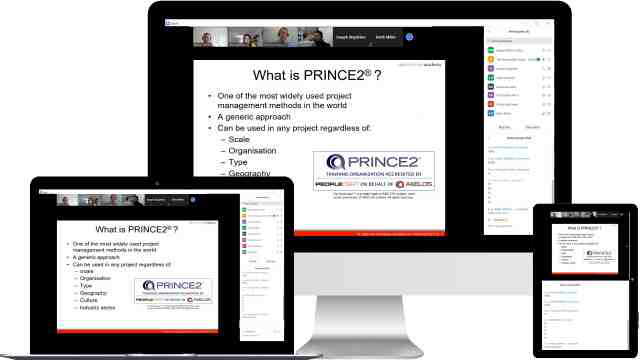
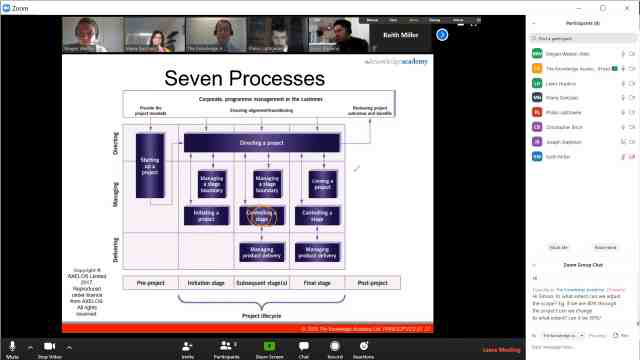
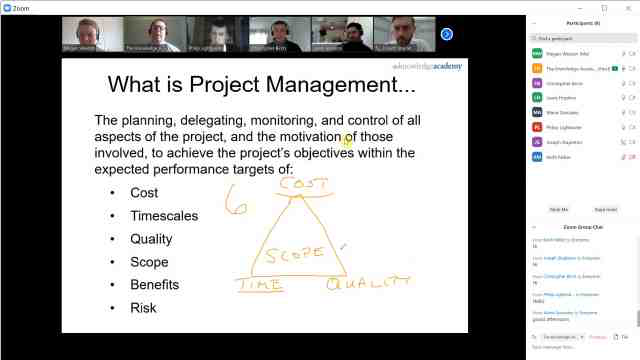

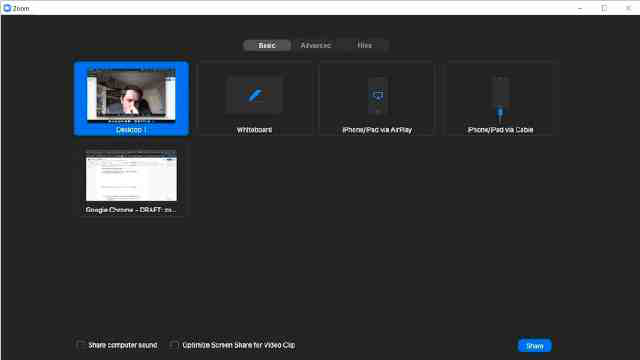
Our fully interactive online training platform is compatible across all devices and can be accessed from anywhere, at any time. All our online courses come with a standard 90 days access that can be extended upon request. Our expert trainers are constantly on hand to help you with any questions which may arise.
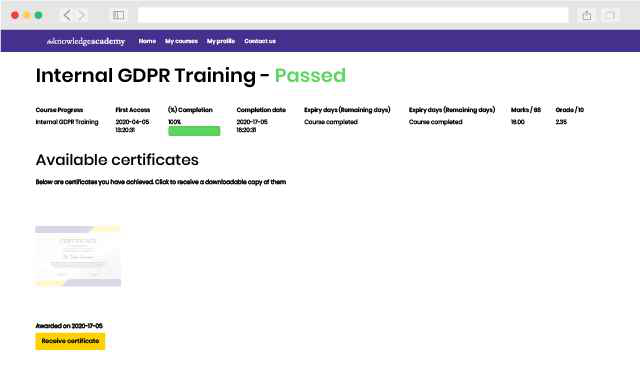
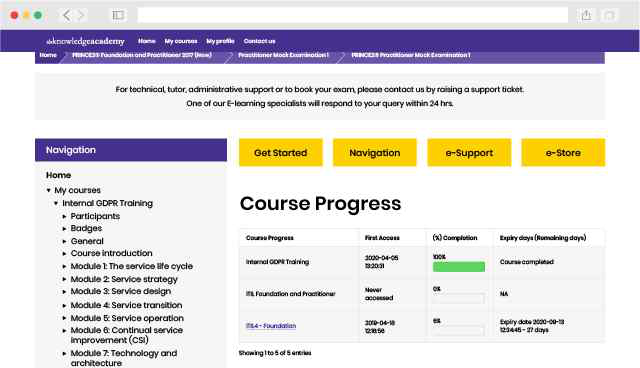
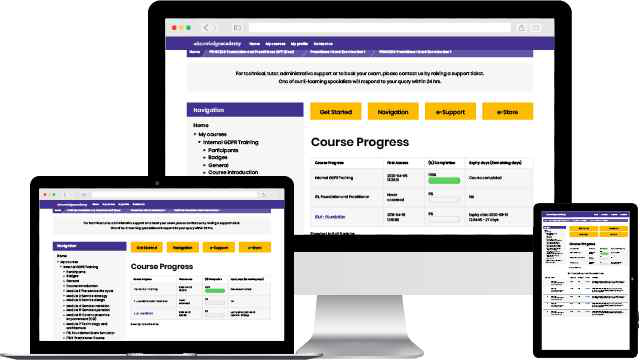
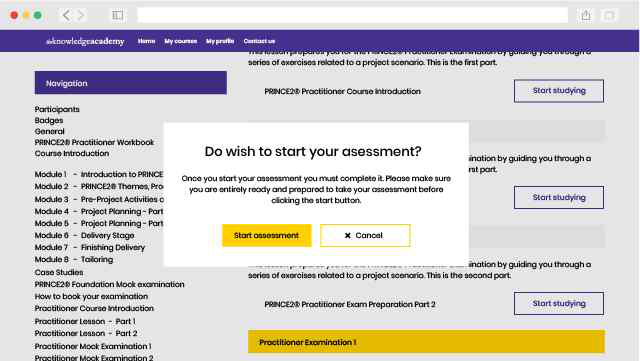
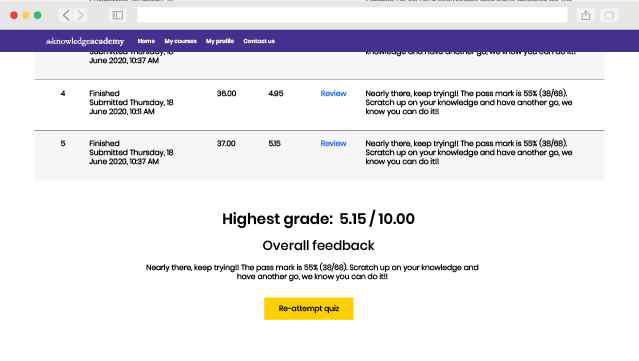
This is our most popular style of learning. We run courses in 1200 locations, across 200 countries in one of our hand-picked training venues, providing the all important ‘human touch’ which may be missed in other learning styles.

All our trainers are highly qualified, have 10+ years of real-world experience and will provide you with an engaging learning experience.

We only use the highest standard of learning facilities to make sure your experience is as comfortable and distraction-free as possible

We limit our class sizes to promote better discussion and ensuring everyone has a personalized experience

Get more bang for your buck! If you find your chosen course cheaper elsewhere, we’ll match it!
This is the same great training as our classroom learning but carried out at your own business premises. This is the perfect option for larger scale training requirements and means less time away from the office.

Our courses can be adapted to meet your individual project or business requirements regardless of scope.

Cut unnecessary costs and focus your entire budget on what really matters, the training.

This gives your team a great opportunity to come together, bond, and discuss, which you may not get in a standard classroom setting.

Keep track of your employees’ progression and performance in your own workspace.
Extremely likely

You won't find better value in the marketplace. If you do find a lower price, we will beat it.

Flexible delivery methods are available depending on your learning style.

Resources are included for a comprehensive learning experience.




"Really good course and well organised. Trainer was great with a sense of humour - his experience allowed a free flowing course, structured to help you gain as much information & relevant experience whilst helping prepare you for the exam"
Joshua Davies, Thames Water



 History of Six Sigma
History of Six Sigma What are the benefits of Six Sigma?
What are the benefits of Six Sigma? How to book a Six Sigma course - A step-by-step guide
How to book a Six Sigma course - A step-by-step guide Six Sigma Methodologies
Six Sigma Methodologies What are the differences between Six Sigma and Lean Six Sigma?
What are the differences between Six Sigma and Lean Six Sigma? Six Sigma Courses
Six Sigma Courses What organisations use Six Sigma?
What organisations use Six Sigma? Six Sigma Examinations
Six Sigma Examinations What sectors use Six Sigma?
What sectors use Six Sigma? Six Sigma Case Studies
Six Sigma Case Studies How to add Six Sigma to your CV
How to add Six Sigma to your CV How to add your Six Sigma certification to your LinkedIn
How to add your Six Sigma certification to your LinkedIn
 Back to course information
Back to course information
We may not have any package deals available including this course. If you enquire or give us a call on 01344203999 and speak to our training experts, we should be able to help you with your requirements.
 If you miss out, enquire to get yourself on the waiting list for the next day!
If you miss out, enquire to get yourself on the waiting list for the next day!